
What Are Instant Deposits in QuickBooks?
 If you’re tired of waiting several days or longer for customers’ payments to show up in your bank account, you may want to use instant deposits. It’s a feature in QuickBooks Desktop. Assuming you use QuickBooks — and you have a QuickBooks Payments account — you can enable instant deposits. What are instant deposits in QuickBooks exactly, and how do they work?
If you’re tired of waiting several days or longer for customers’ payments to show up in your bank account, you may want to use instant deposits. It’s a feature in QuickBooks Desktop. Assuming you use QuickBooks — and you have a QuickBooks Payments account — you can enable instant deposits. What are instant deposits in QuickBooks exactly, and how do they work?
Overview of Instant Deposits
Instant deposits are exactly what they sound like: deposits that land in your bank account almost instantly.
As a business owner, you’ll probably have to collect payments from customers or clients. Electronic payments, however, may take two or more days to show up in your bank account. With instant deposits, you won’t have to wait. Instant deposits show up in less than a half-hour.
How the Instant Deposits Feature Works
You might be wondering how the instant deposits feature works. QuickBooks will use one of your debit cards to facilitate customer payments if you enable instant deposits. In other words, one of your debit cards will be used to instantly deposit money into your bank account.
How to Get Started With Instant Deposits
Instant deposits is a QuickBooks feature. It’s available in QuickBooks Online and QuickBooks Desktop. But you’ll need QuickBooks and a QuickBooks Payments account to use instant deposits.
To get started with instant deposits, navigate to the “Customers” section in QuickBooks and select “Credit card processing.” Look for an option labeled “Record Merchant Service Deposits.” After clicking this option, select the “Get set up” link under the instant deposit section.
You’ll have to specify a debit card when setting up instant deposits. As previously mentioned, QuickBooks will use one of your debit cards to instantly deposit money into your bank account. You can use either a Visa or Mastercard debit card. When setting up instant deposits, QuickBooks will ask you to enter your debit card number and other information. After linking your debit card to your QuickBooks account, instant deposits will be enabled.
To receive an instant deposit, navigate to “Customers” and choose “Credit card processing.” Next, click “Record Merchant Service Deposits.” You can then choose “Get it fast” for the instant deposit option. When finished, the deposit should show up in your bank account within a half-hour. QuickBooks will simply use your debit card to facilitate the payment.
Did this tutorial work for you? Let us know in the comments section below!
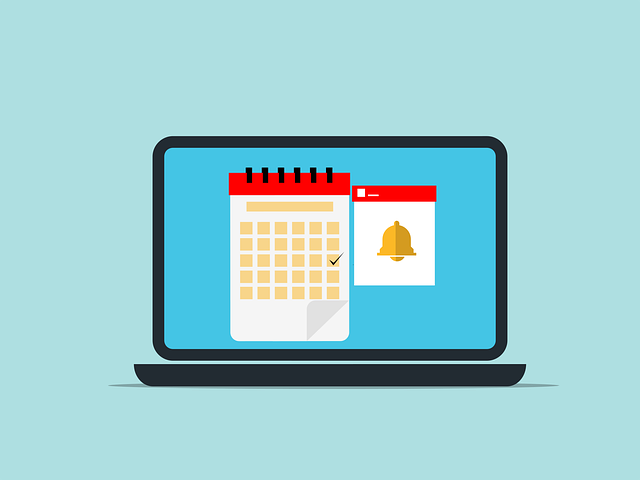
How to Record Project Expenses in QuickBooks
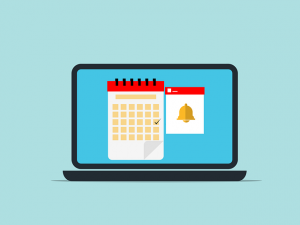 You can use QuickBooks to track business-related expenses. The popular accounting software even supports project expenses. Projects, of course, often require a financial investment. If your business has been hired to complete a project for a customer or client, you’ll probably have to spend money on related goods and services. These are expenses, and like most expenses, they are typically tax deductible. How do you record project expenses in QuickBooks exactly?
You can use QuickBooks to track business-related expenses. The popular accounting software even supports project expenses. Projects, of course, often require a financial investment. If your business has been hired to complete a project for a customer or client, you’ll probably have to spend money on related goods and services. These are expenses, and like most expenses, they are typically tax deductible. How do you record project expenses in QuickBooks exactly?
Create an Expense Transaction
Before you can record a project expense in QuickBooks, you’ll need to create an expense transaction for it. Expense transactions, of course, are expenses. When you create an expense transaction in QuickBooks, you can add it to a bill or purchase order. Start by creating an expense transaction for each project expense that you want to record.
Add the Expense Transaction to the Project
Now you can add the expense transaction to the project. In QuickBooks Online, this is done by clicking “Bookkeeping” and choosing “Transactions,” followed by “Expenses. Under the “Expenses” tab, open the transaction associated with the expense.
For the “Customer/Project” section, click the drop-down menu and select your project. Next, click the “Invoice, receive payment” option. You can then enter information about the expense transaction.
Keep in mind that you’ll need to repeat these steps for each expense transaction. Projects often have dozens of expenses. For each of these expenses, you’ll need to create a separate expense transaction and add it to the appropriate project. Thankfully, QuickBooks makes this process easy.
How to Turn On Projects
You can only record project expenses if this feature is enabled on your account. You can turn on projects by clicking “Settings” and choosing “Account and settings.” Under the “Advanced” tab, click the “Edit” button next to “Projects.” You should see an option to turn on “all job-related activity in one place.” After enabling this feature, click “Save” to complete the process. Projects should now be enabled on your account, in which case you can record expenses and other information associated with your project.
With projects enabled on your account, you can create new projects under the “Business overview” section. Clicking “Projects” and then “Start a project” will allow you to create a new project. And once created, you’ll be able to expense transactions to it. Expense transactions represent the costs incurred by your business when completing a project for a customer or client.
Did this tutorial work for you? Let us know in the comments section below!
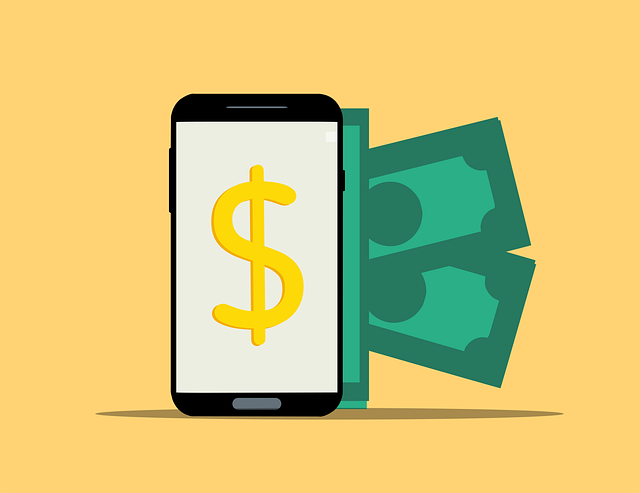
What Are Direct Costs and How Do They Affect Your Business?
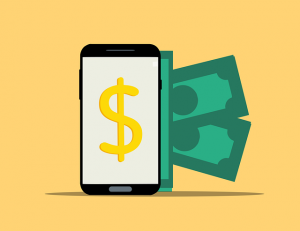 Not all business-related expenses are the same. They can be classified as indirect costs or direct costs, depending on how they are used. Direct costs are typically more important than indirect costs. What are direct costs, and how do they affect your business?
Not all business-related expenses are the same. They can be classified as indirect costs or direct costs, depending on how they are used. Direct costs are typically more important than indirect costs. What are direct costs, and how do they affect your business?
What Are Direct Costs?
Direct costs are business-related expenses that go towards a business’s money-making operations. They are known as “direct costs” because they are directly linked to products or services. Your business must spend money on goods or services so that it can sell its own products or services to customers.
Whether your business sells products or services, it will incur direct costs. Direct costs are expenses that are necessary for your business to sell its products or services. If your business manufactures products, for instance, it may incur direct costs like labor, machinery and utilities. Your business won’t be able to manufacture and sell its products without these direct costs.
Direct vs Indirect Costs
Indirect costs are business-related expenses as well, but they aren’t the same as direct costs. Direct costs are essential to your business’s money-making operations, whereas indirect costs are not. Rather, indirect costs are expenses that aren’t directly linked to products or services.
Another difference between direct costs and indirect costs is that only the former has a cost object. Cost objects are accounting items. They represent products, services, or in some cases, customers. When recording direct costs, you’ll need to associate them with a cost object. Each direct cost must be associated with a cost object. Indirect costs aren’t associated with a cost object. You can record indirect costs without worrying about cost objects.
Examples of indirect costs include:
- Insurance
- Marketing
- Office Supplies
The Impact of Direct Costs
Like all business-related expenses, direct costs can impact your business’s cash flow. Cash flow is a measurement of money coming into and out of your business. As your business generates revenue, it will have to spend some of that money on direct costs.
There’s no way to avoid direct costs. All businesses will incur at least some direct costs. The good news is that there are ways to lower your business’s direct costs. If you’re spending too much money on wholesale products, for example, you may want to choose a different vendor. If you’re overpaying for machinery, you may be able to save money by purchasing used machinery rather than new machinery.
Did this tutorial work for you? Let us know in the comments section below!
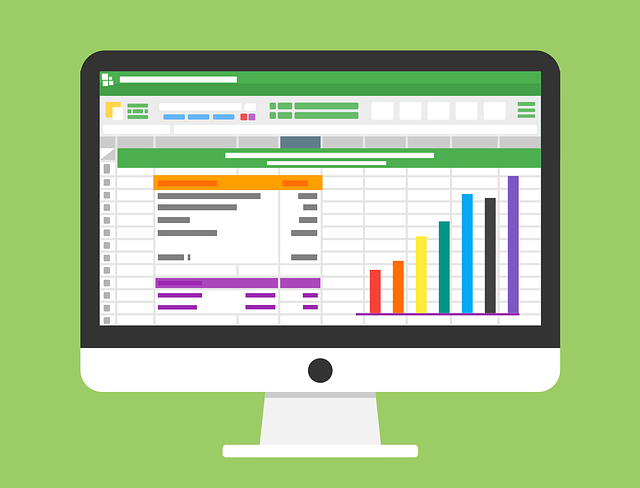
How to Track Loans in QuickBooks
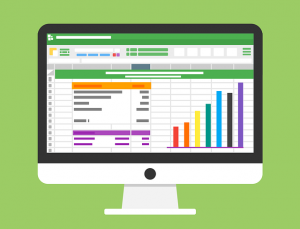 If your business is financed with a loan, you’ll need to track it. Thousands of businesses use loans to finance their operations. Whether you obtain a loan from a bank or private lender, though, you’ll have to repay it. QuickBooks, however, makes it easy to track loans. Assuming you use QuickBooks Desktop, you can track one or more loans by following these steps.
If your business is financed with a loan, you’ll need to track it. Thousands of businesses use loans to finance their operations. Whether you obtain a loan from a bank or private lender, though, you’ll have to repay it. QuickBooks, however, makes it easy to track loans. Assuming you use QuickBooks Desktop, you can track one or more loans by following these steps.
Create a Liability Account
Like other forms of debt, loans are liabilities. Therefore, you’ll need to create a liability account to track a loan. This is done by clicking the “Lists” menu in QuickBooks and selecting “Chart of Accounts.” On the following screen, right-click a blank area of the screen and choose “New.” Now you can choose from one of several types of liability accounts.
Create a Vendor
You’ll need to create a vendor to track the loan as well. The vendor is the bank or lender from which you obtained the loan. To create a vendor in QuickBooks, click the “Vendors” menu and select “Vendor Center.” Upon choosing “New Vendor,” you’ll have to enter some information about the bank or lender, such as its name. You can also enter additional information like the vendor’s phone number and email address.
Create an Expense Account
An expense account is necessary when tracking a loan in QuickBooks. You can use the expense account to record interest payments and other fees. To create an expense account in QuickBooks, click the “Lists” menu and select “Chart of Account.” After right-clicking a blank area of the screen, choose “New.” You can then choose “Expense,” followed by “Continue.”
All loans in QuickBooks require a liability account, a vendor and an expense account. Liability accounts represent the actual loans. Vendors represent the banks and lenders that offer loans to businesses. Expense accounts, conversely, are used to record interest payments and other fees.
Recording Loans: What You Should Know
Assuming you have a standard cash loan, you can record it by navigating to the “Banking” menu and selecting “Make Deposits.” You’ll need to record a deposit to your business’s bank account. For the “From account” field, choose the liability account. The liability account, of course, is the bank or lender. You can then enter the amount of the loan in the “Amount” field. The loan will now be recorded in QuickBooks.
Did this tutorial work for you? Let us know in the comments section below!
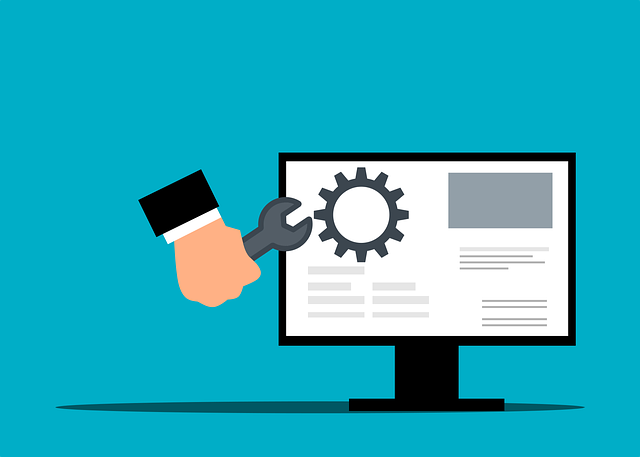
How to Use Journal Entries for Negative Deposits
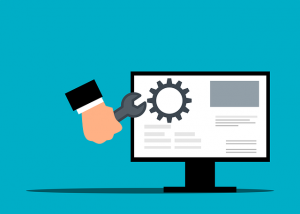 Do you have one or more deposits with a negative balance in your QuickBooks account? Deposits should have a positive balance. If a deposit has a negative balance, you’ll need to resolve it. In QuickBooks, you can use journal entries to resolve deposits with a negative balance. Below is a step-by-step tutorial on how to use journal entries to resolve deposits with a negative balance.
Do you have one or more deposits with a negative balance in your QuickBooks account? Deposits should have a positive balance. If a deposit has a negative balance, you’ll need to resolve it. In QuickBooks, you can use journal entries to resolve deposits with a negative balance. Below is a step-by-step tutorial on how to use journal entries to resolve deposits with a negative balance.
Step #1) Create a Journal Entry
Start by creating a new journal entry. You can create new journal entries in QuickBooks Online by clicking the “+ New” link, followed by “Journal Entry” under the “Other” menu.
QuickBooks will prompt you to enter some basic information about the journal entry. You’ll need to enter a date, for instance. The date should be that on which the transaction took place. You’ll also need to enter the amount of the deposit under “Debits.” For the first distribution field, choose “Undeposited Funds.” And for the “Account” column, choose your bank account.” After entering all of the necessary information, click “Save and close” to complete the process.
The journal entry will offset the negative deposit. You can’t deposit a negative amount of money into a bank account. With a journal entry, though, you can change the balance. QuickBooks supports the use of journal entries to resolve negative deposits. While they support many different uses, journal entries offer an easy way to resolve negative deposits.
Step #2) Link the Journal Entry to the Payment
Now that you’ve created a journal entry, you’ll need to link to the payment. The goal is to achieve a $0 balance for the deposit. If a deposit has a negative balance, you can use a journal entry to increase it and, thus, make the balance $0. This requires linking the journal entry to the payment.
You can link the journal entry to the payment by clicking “+ New” in QuickBooks Online and selecting “Bank Deposit” under “Other.” Just choose the payment and the journal entry. That’s all it takes to resolve a negative deposit in QuickBooks.
In Conclusion
You can resolve deposits with a negative balance by using journal entries. It’s a quick and easy process. All you need to do is create a journal entry and then link to it to the payment. The journal entry will change the balance of the deposit to $0.
Did this tutorial work for you? Let us know in the comments section below!
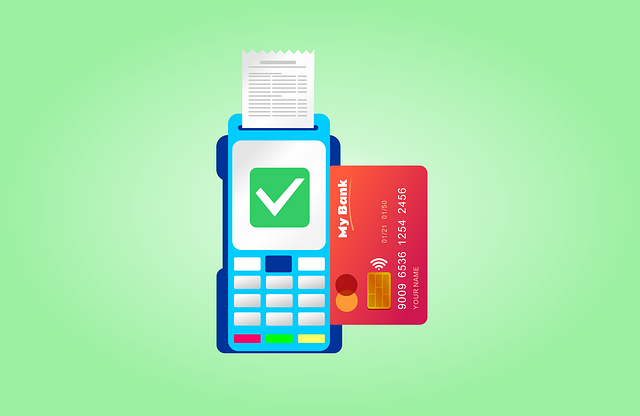
What Is Receipt Capture in QuickBooks and How Does it Work?
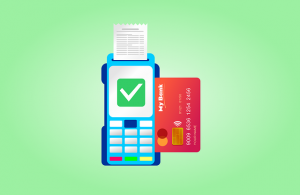 If you use QuickBooks to track your business’s financial transactions, you should take advantage of receipt capture. It’s a native feature in the popular accounting software. Whether you use QuickBooks Desktop Premier Plus, QuickBooks Desktop Enterprise, QuickBooks Online Plus or QuickBooks Online Advanced, it will offer receipt capture. What is receipt capture exactly, and how does it work?
If you use QuickBooks to track your business’s financial transactions, you should take advantage of receipt capture. It’s a native feature in the popular accounting software. Whether you use QuickBooks Desktop Premier Plus, QuickBooks Desktop Enterprise, QuickBooks Online Plus or QuickBooks Online Advanced, it will offer receipt capture. What is receipt capture exactly, and how does it work?
What Is Receipt Capture?
Receipt capture is a feature in QuickBooks that allows you to record expenses by uploading photos of receipts. When you purchase products or services for your business, you’ll typically get a receipt. Rather than manually entering these expenses into your QuickBooks account, you can use receipt capture. You can upload photos of the receipts to your QuickBooks account. Receipt capture will then create the appropriate expense records by pulling information from the photos.
If you’re tired of manually entering expenses, you should consider using receipt capture. It’s an easier, faster way to record expenses. Receipt capture will automatically create expense records; you just need to upload the receipts to your QuickBooks account.
How Receipt Capture Works
Receipt capture works by creating expense records based on the information included in the uploaded photos. You can take a photo of a receipt, for instance, and then upload it to your QuickBooks account. QuickBooks will then create an expense record for it. With receipt capture, you won’t have to manually enter expenses. This innovative feature automates the process of recording expenses. You just need to take photos of your expenses and upload them to your QuickBooks account.
Tips on Using Receipt Capture
Receipt capture is available in both the desktop and cloud-based versions of QuickBooks. If you use QuickBooks Online, you can access this feature by clicking “Bookkeeping,” followed by “transactions” and then “Receipts.” You should see an upload option. You can either upload receipt photos from your computer or from your Google Drive account.
QuickBooks Online, of course, has a mobile app. Rather than logging directly in to your account, you can use the mobile app to upload receipt photos. Simply launch the mobile app and click the menu icon. Next, choose “Receipt snap.” As long as your mobile device has a camera, you can use the QuickBooks Online mobile app to take photos of receipts. After you’ve snapped a photo, click “Use this photo.” The photo will be uploaded to your QuickBooks account where it’s used to generate an expense record.
Did this tutorial work for you? Let us know in the comments section below!

What Is a Personal Guarantee for a Business Loan?
 When applying for a business loan, you may have to make a personal guarantee. They aren’t required for personal loans. Business loans, though, often require a personal guarantee. Whether you’re trying to obtain a business loan from a bank or alternative lender, you may be required to make a personal guarantee.
When applying for a business loan, you may have to make a personal guarantee. They aren’t required for personal loans. Business loans, though, often require a personal guarantee. Whether you’re trying to obtain a business loan from a bank or alternative lender, you may be required to make a personal guarantee.
Personal Guarantees Explained
A personal guarantee is a binding pledge or commitment that guarantees a business loan with the borrower’s personal finances. Business loans, of course, are intended for businesses. If you own a business, you can obtain a business loan to finance it. You can then use these borrowed funds to expand into new territories, invest in marketing, develop new products or otherwise grow your business. But the lender may require you to make a personal guarantee.
By making a personal guarantee, you are placing your personal finances on the line. As long as you pay back the business loan according to the lender’s terms, nothing will happen to your personal finances. If you default on the business loan, however, the lender may claim ownership of your personal assets.
Is a Personal Guarantee Necessary?
Many lenders require a personal guarantee for their business loans. Lenders must evaluate a borrower’s risk of default. If a borrower has bad credit, the lender may require him or her to make a personal guarantee. It’s the equivalent of collateral. A personal guarantee will provide the lender with recourse if the borrower defaults on the business loan. The lender can claim ownership of the borrower’s personal assets to make up for the lost money.
Of course, there are instances in which you may not be required to make a personal guarantee. If your business has good credit, for instance, lenders may not require a personal guarantee. Good business credit is a sign of trustworthiness. It indicates that lenders can trust your business to repay its debts, including its loans.
Even if it’s not required, a personal guarantee offers advantages. It can help you achieve a lower interest rate. Lenders may offer lower interest rates on business loans if you make a personal guarantee. A personal guarantee can also speed up the approval process. Lenders may approve your application more quickly, resulting in fast cash for your business.
In Conclusion
A personal guarantee is a commitment to repay a business loan using your personal finances. Many lenders require it, especially for businesses with bad credit.
Have anything else that you’d like to add? Let us know in the comments section below!
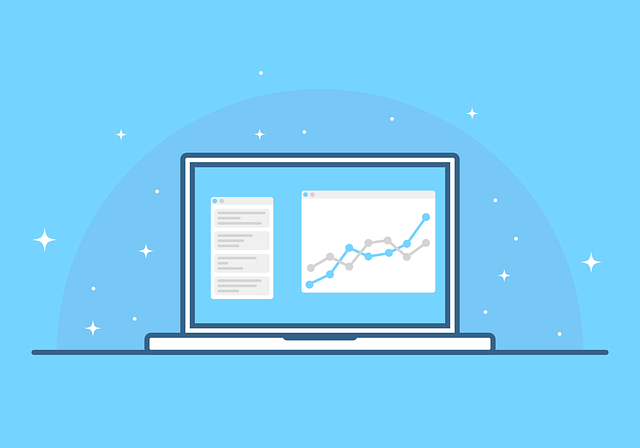
How to Show Multiple Tax Rates on Invoices in QuickBooks
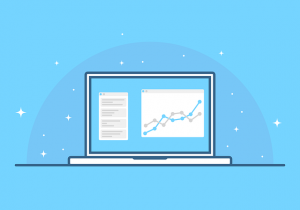 Do you need to show multiple tax rates on an invoice? Invoices are bills that request a payment from customers. After performing a service for a customer, you can send him or her an invoice. The invoice should include a list of the service or services performed for the customer as well as the taxes. While most invoices will typically have a single tax rate, though, some of them may have multiple tax rates. If you use QuickBooks Desktop, you can show multiple tax rates on invoices by following these steps.
Do you need to show multiple tax rates on an invoice? Invoices are bills that request a payment from customers. After performing a service for a customer, you can send him or her an invoice. The invoice should include a list of the service or services performed for the customer as well as the taxes. While most invoices will typically have a single tax rate, though, some of them may have multiple tax rates. If you use QuickBooks Desktop, you can show multiple tax rates on invoices by following these steps.
Create Sales Tax Items
Start by creating a sales tax item for each sales tax that you want to show on the invoice. To show two sales tax rates, for instance, you’ll need to create two sales tax items.
You can create sales tax items in QuickBooks Desktop by navigating to “Lists” and choosing “Item List.” Next, right-click an open space in the window and select “New.” You can then choose “Sales Tax.” After completing the necessary fields, the new sales tax item will be added to your account. Make sure you create a sales tax item for each sales tax that you want to show on the invoice.
Create a Subtotal Item
You’ll also need to create a subtotal item. Go back to the “Lists” menu and choose “Item List.” Right-click any open space in the window and select “New.” For the item type, choose “Subtotal.” QuickBooks Desktop will ask you to enter some information about the subtotal. You’ll have to enter an item name or number, for instance, as well as a description. When finished, click “OK” to complete the process. The subtotal item should now be added to your account.
Create the Multi-Tax Invoice
Assuming you’ve already created the sales tax items and subtotal item, you can now create the multi-tax invoice. Go to the “Customers” menu and choose “Create Invoices.” You can now enter the sales tax items. You should enter all of the sales tax items that you want to show on the invoice — the same sales tax items that you previously created.
Entering the subtotal item will generate a subtotal for the invoice. The invoice should contain all of the sales tax items as well as the subtotal. After completing the invoice, click “Save & Close.” You can now send it to the customer.
Did this tutorial work for you? Let us know in the comments section below!
